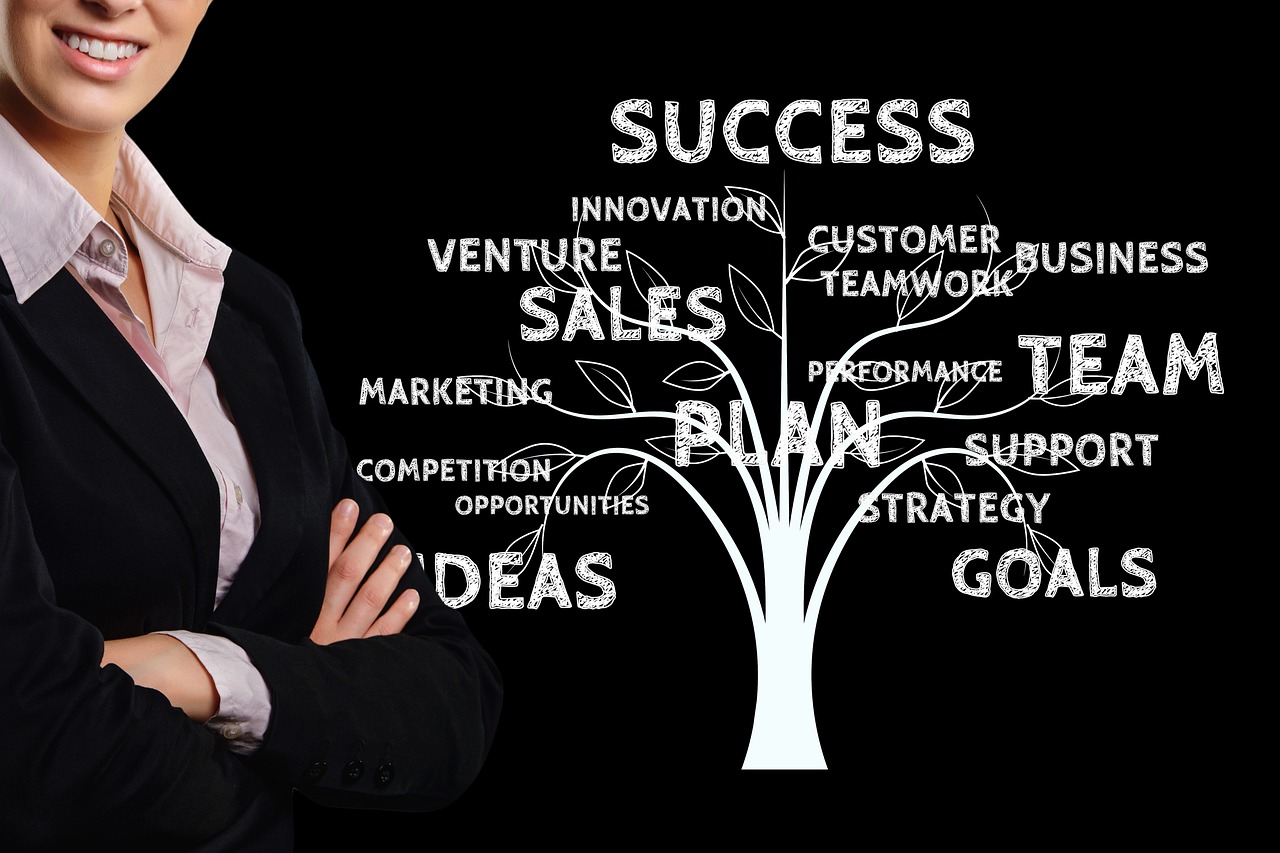One of the best frameworks you can use to understand your customers is the jobs-to-be-done approach. A methodology called Jobs-to-be-done (JTBD) can help you comprehend what your customers are trying to accomplish with their purchases. You can better understand their needs and develop products and services that satisfy those needs by comprehending the task that they’re attempting to complete.
What is a Job To Be Done?
To better understand consumer behaviour, Bob Moesta and Clayton Christensen created the framework or mental model known as “Jobs To Be Done” (or JTBD). JTBD is based on the idea that regular innovation and growth cannot be produced simply by concentrating on market “features” like demographics, purchasing patterns, and other conventional marketing strategies. Business technology tools can streamline Customers’ Jobs by automating repetitive tasks and simplifying complex processes. For significant or disruptive innovation, this level of insight is inadequate.
Instead, it’s important to comprehend customer behaviour in light of the organisational, societal, and emotional contexts in which it occurs. This enables you, the businessperson or innovator, to fully comprehend the “job” that the client is looking to have accomplished in a particular scenario.
Customer Job meaning
The customer’s job is to explain what a specific customer segment is trying to accomplish. A customer’s job can be the duties they are attempting to fulfil or the demands they are making. A company’s ability to gather customer feedback shows how much it values their viewpoints. As a result, this influences how the business is shaped because the customers will feel more connected to the business.
Customer feedback includes the opinions, suggestions, problems, and data provided by customers regarding the goods sold by the company. Their feedback influences production by assisting and educating business owners as they make decisions about the creation of products. Customers often underestimate the dangers of mixing cleaning chemicals. Positive feedback tends to lead to an increase in production for the company, and vice versa. The advice that businesses receive from their clients should be heeded and acted upon.
How to use JTBD for your Customers
The jobs-to-be-done framework involves the following steps:
Establish Your Market
People who buy both your product and those of your competitors are not your only customers. Everyone is attempting to get the same result that your product or service fixes.
For instance, if you’re selling a product that makes it easier for people to save money, your target market is not limited to those who purchase products for budgeting. Everyone who is attempting to save money is also included, including those who use other goods or services to do so.
Specify the Work
You must comprehend the tasks the client is trying to complete in order to define the job. Additionally, you need to comprehend their objectives and what’s important to them.
You can begin considering how your product or service can assist them in achieving that objective once you have a solid understanding of the job.
Understand How Customers are Trying to Get the Job Done
Learn how your target customers are completing their tasks in order to better serve them. You can identify the underserved outcomes by doing this.
You might be able to convince customers that your product is a better option if, for instance, the money-saving product they currently use is cumbersome to use, has an excessive fee, or lacks features they want, like financial management, investing, or cryptocurrency purchases.
Make a solution
It’s time to develop a solution now that you are aware of the task at hand, the customer’s objectives, and their approach to completing it. This could entail developing a brand-new product or changing an already-existing one.
Customers Pain
Customer pains are annoying and problematic problems that customers face. They serve as roadblocks that prevent customers from doing their jobs. These discomforts could manifest as unfavourable feelings. Pain points are persistent issues that frequently cause customers trouble. Finding pain points and then optimising them to become gain points is a key component of establishing the customer journey. The gain creators explain how the goods and services result in customer gains.
As a result, they clearly state that they intend to produce benefits that customers want and anticipate. Savings on expenses and pleasant feelings are two examples. Cloud ERP empowers customer service reps with a real-time view of inventory and order status, enabling them to resolve customer inquiries quickly and efficiently. Pain relievers explain how their products reduce pain as well as the potential risks users may experience while using them.
Examples include using customer feedback and offering a tried-and-true fix for issues that cause customers pain.
Gain point
Gains for the customer are things that enable them to save time, money, or effort and make them happy. They therefore serve as the objectives that facilitate the completion of their task. Customer gains come in a variety of priority levels, including required and expected gains. Consequently, they are people’s aspirations. The gain creators explain how the goods and services result in customer gains. As a result, they clearly state that they intend to produce benefits that customers want and anticipate. Savings on expenses and pleasant feelings are two examples. Pain relievers explain how their products reduce pain as well as the potential risks users may experience while using them.
Examples include using customer feedback and offering a tried-and-true fix for issues that cause customers pain.
Author’s Bio:
Shweta Milan is a content writer, studying Journalism from Delhi University. She writes on marketing, health related and business related topics and good in other parameters of technology, Photography and editing. She has written for Thrv – Jobs to be done.

